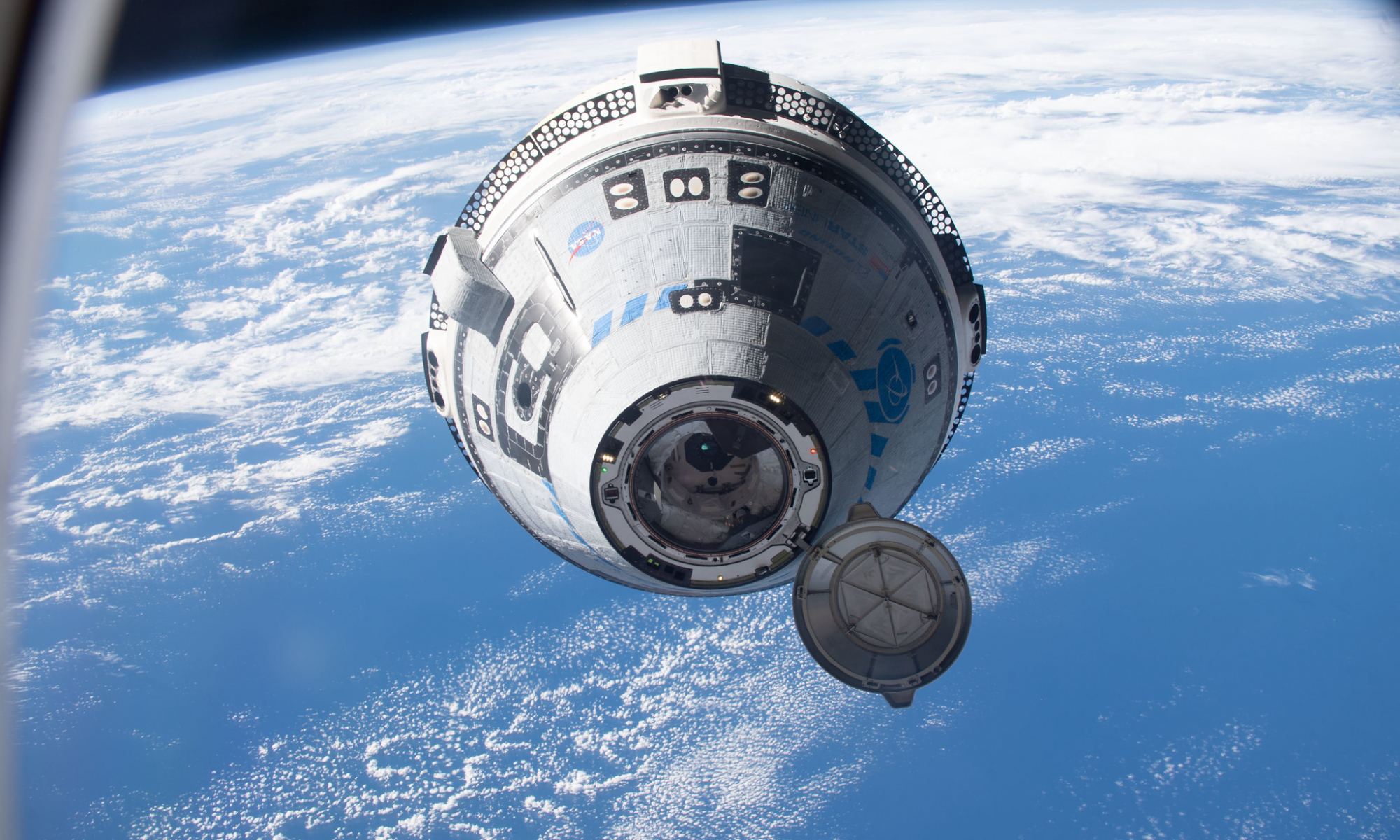While the SpaceX Crew Dragon is making regular trips to and from the International Space Station, the other vehicle NASA was planning to rely on for crew transportation keeps running into problems and delays. Boeing and NASA just announced another set of delays for the CST-100 Starliner spacecraft, pushing it even further back from its proposed July launch window — which was already years behind schedule.
Problems with its parachute lines and the electrical system were identified, and the program manager isn’t sure if Starliner will even fly by the end of 2023.
“We’ve been working to understand these issues,” said Mark Nappi, Boeing’s Starliner program manager, “and we’ve decided to stand down the preparation for the CFT (Crew Flight Test) mission in order to correct these problems.”
During reviews over the past several weeks, engineers uncovered two issues that can’t be fixed before mid-year. The “soft links” that connect parachute suspension lines to the spacecraft are not strong enough, and the tape that wraps electrical lines use a flammable adhesive.
The kicker is that tests on these items had been run previously and no one caught the problems until now.
“These tests were run many years ago. We reviewed those results. We missed those results, and this could have been caught sooner,” Nappi said.

Veteran astronauts Barry “Butch” Wilmore and Sunita Williams were scheduled to launch on Starliner’s flight atop a United Launch Alliance Atlas 5 rocket on July 21. This would have been Starliner’s third flight to the International Space Station, but the first with a crew.
Steve Stich, NASA manager of the Commercial Crew Program, said Wilmore and Williams were part of an all-hands meeting to discuss the issues and agreed with the decision to stand down.
“This team will solve these problems and we’ll go fly when we’re ready,” Stich said. “Suni Williams was representing the crew and she voiced they are 100 % behind the decision. They understand that the team has crew safety first and foremost in their minds and they’ll fly when the vehicle’s ready to go fly.”
While SpaceX has now completed 10 crew flights (with three of them private) since its first crewed flight in 2020, Boeing had to repeat its 2019 test flight without a crew because of software problems and other issues. The original plan had been for SpaceX and Boeing to each provide one taxi flight to the ISS each year.

“NASA desperately needs a second provider for crew transportation,” said Stich.
NASA extended SpaceX’s initial six-flight contract to 14, which will provide ISS crew flights through 2026. Both SpaceX and Boeing were awarded Commercial Crew Program (CCP) contracts in 2014 to develop next-generation crew-rated capsules that would transport astronauts and payloads to the ISS and other locations in Low-Earth Orbit. Boeing’s contract has not been extended beyond the initial six crew rotation flights booked in 2014, and Nappi said the company is absorbing the costs of the delays.
Despite the delays, Stich said NASA is still counting on Boeing — a long-time player in the space sector — to provide access to the International Space Station through the end of the decade.
“There’s an unwavering commitment to Starliner and to having a second crew transportation system,” he said.

